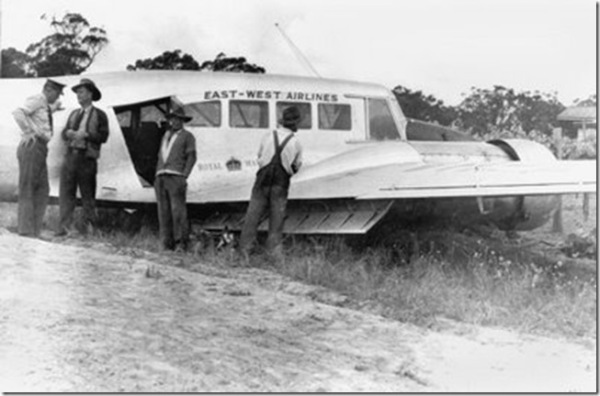Now that the photo blog has taken over most of my own output, I return to an earlier series, dormant since May 8th, 2008. Having just watched a DVD of a 1974 Australian documentary The Ships that Flew, I thought it good to highlight the flying boats, especially the Short Sandringham, a civilian version of the World War II Sunderland, which was such a feature of our Sydney – and Sydney Harbour – skies in the first half of my life. I allude to them here.




Poster by Walter Jardine 1939 from Josef Lebovic Gallery
Left: Qantas Flying Boat VH-EBX Right: VH-BRE (an Ansett plane) that was
blown ashore at Lord Howe Island – both from Qantas Short S25 Sandringham Flying Boat VH-EBW





